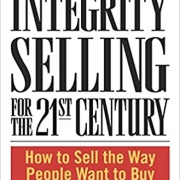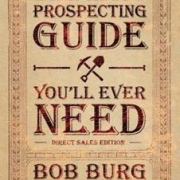Your Blog is Part of Your Customer Feedback Loop
According to one Forbes study, 86% of consumers will actually pay more for a better customer experience, Devin Pickell, writing for helpscout.com, reminds business owners and practitioners; one of the best ways to put your customer first, Pickett urges, is implementing a customer feedback loop. Constantly collecting feedback from customers and readers and following up on that feedback allows you to improve areas causing user frustration and do more of what’s working well. Customers need to “feel heard”.
Agreed. As part of the business blogging assistance I offer through Say It For You, I’m always talking to business owners about their customer service. The challenge is – EVERY business says it offers superior customer service! (Has any of us ever read an ad or a blog that does NOT tout its superior customer service?) Fact is, individual blog posts can become a valuable part of each content writing client’s own customer feedback loop.
- Blog content should include stories specifically illustrating why your company’s customer service exceeds the norm.
- Surveys and self-tests can be used in blog content to find out what negative, “pet peeve” experiences may have caused reader to contemplate changing providers.
- Messaging must offer the opportunity for personalized service – both before and after a purchase (yes, even in the online product purchase world of today).
- Customers value the ability to gain new insights and learn new skills. Blog posts that take the form of tutorials and step-by-step instructions tend to be valued by readers.
- In Journalism 101, I was taught to “put a face on the issue” by beginning articles with a human example A case study takes that personalization even further, chronicling a customer or client who had a certain problem or need, taking readers through the various stages of how the product or service was used to solve that problem. What were some of the issues that arose along the way? What new insights were gained through that experience, on the part of both the business and the customer?
- The navigation paths on your blog site had better to be “easy to digest”. I caution new clients. You may have hired us for business blogging assistance, but keep thi important factor in mind: At the very moment that an online reader decides they’re ready to learn more, that they have a question to ask, or that they’re ready to take advantage of your products and services, you must make it convenient for them. They may want something, but not enough to spend extra energy to find it!
Whether you use survey tools, life chat, social media monitoring, or analytics tools, HelpScout reminds owners, what’s important is that you actually collect feedback so that you know what you’re doing well and what to improve upon.






Follow us online!